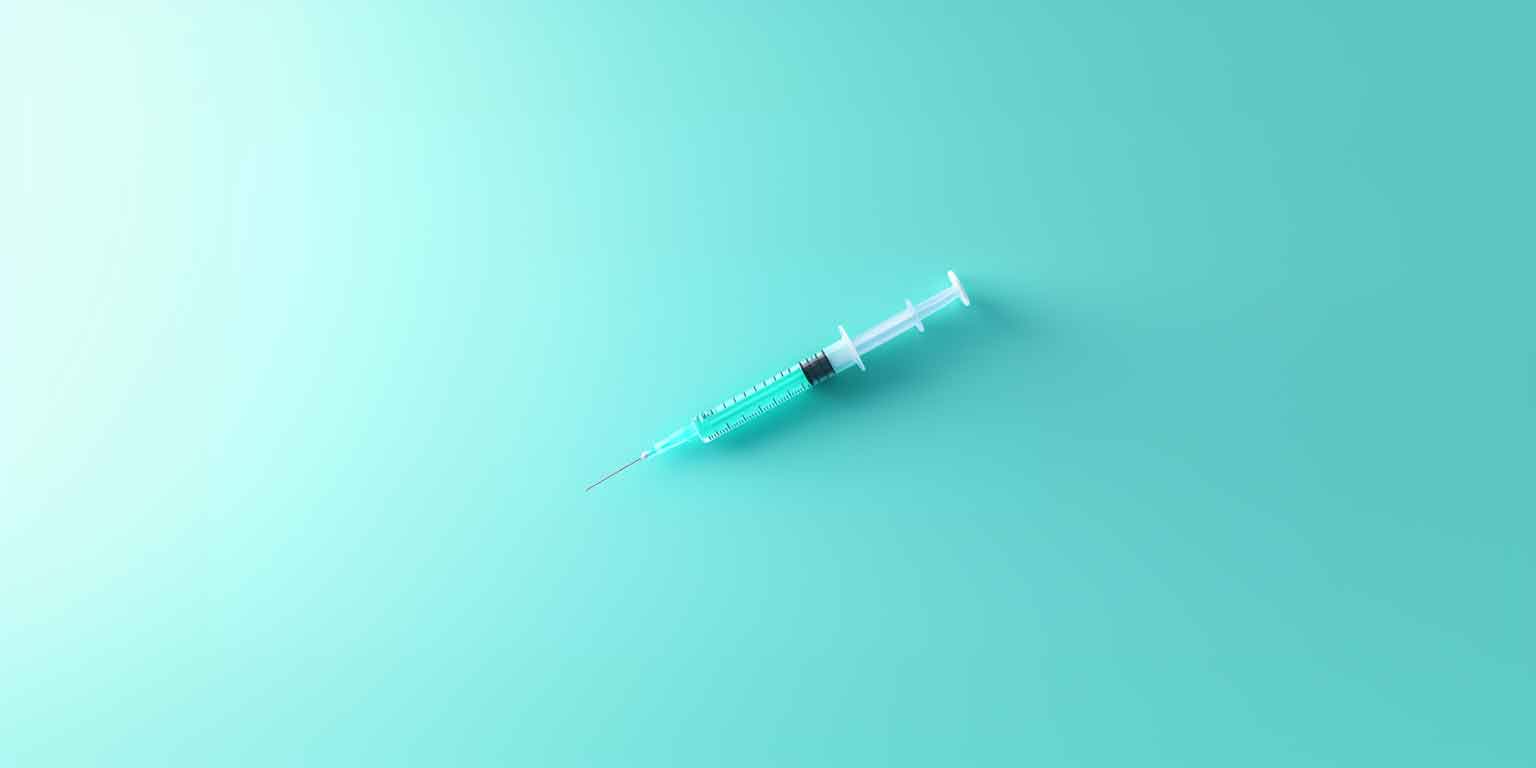Baby Botox® Versus Regular Botox®: Making the Right Choice for Your Skin
By Dr. Stephen Cosentino
PRESIDENT OF EMPIRE MEDICAL TRAINING
If you're considering Botox® to address cosmetic concerns like crow's feet, frown lines, or chin dimpling, you've likely contemplated potential side effects. While Botox injections are generally regarded as safe and effective when administered by a trained medical provider, and serious complications are rare, many patients experience mild to moderate side effects. These can range from painful to unsightly to uncomfortable or a combination of all three. But is this simply an inevitable part of the process? Not necessarily—thanks to the advent of baby botox treatments.
What is Baby Botox?
Baby Botox, also known as "micro Botox," is essentially a modified version of traditional Botox treatments. It targets the same injection sites and addresses identical concerns. The primary distinction lies in the dosage: Baby Botox utilizes smaller amounts of the neurotoxin to achieve comparable results.
Key Benefits of Baby Botox
Baby Botox offers several advantages over traditional Botox treatments:
- Reduced risk of side effects
- More natural-looking results
- Shorter recovery time
- Lower cost per treatment
- Ability to maintain some facial movement
Ideal Candidates for Baby Botox
While baby Botox can be an excellent option for many individuals, it's not universally suitable. The ideal candidate for a baby Botox procedure typically meets at least two of the following criteria:
- Under 35 years old
- First-time Botox user
- Seeking preventative treatment
- Desiring subtle results
- Concerned about potential "frozen" appearance
It's important to note that baby Botox may not be as effective for treating more pronounced lines and wrinkles on the face. In such cases, traditional Botox treatments might be more appropriate.
The Science Behind Baby Botox
To understand why baby Botox can be effective even at lower doses, it's helpful to delve into the mechanism of action for botulinum toxin injections.
How Botox Works
Botox, or botulinum toxin type A, works by temporarily paralyzing muscles. When injected into specific facial muscles, it blocks nerve signals that cause muscle contractions. This relaxation of muscles leads to the smoothing of wrinkles and fine lines.
The Micro-Dosing Approach
Baby Botox employs a micro-dosing strategy. By using smaller amounts of the toxin, it aims to achieve a more subtle effect. This approach can still effectively reduce the appearance of fine lines and wrinkles while allowing for more natural facial movement.
Comparing Baby Botox to Traditional Botox
While baby Botox and traditional Botox share the same active ingredient, there are several key differences:
1. Dosage
The most significant difference is the amount of botulinum toxin used. Baby Botox typically uses about half the amount of traditional Botox treatments.
2. Results
Baby Botox often produces more subtle, natural-looking results. Traditional Botox may provide more dramatic wrinkle reduction but can sometimes result in a "frozen" appearance.
3. Duration
Due to the lower dosage, the effects of baby Botox may not last as long as traditional Botox. While traditional Botox results can last 3-4 months, baby Botox effects might wear off after 2-3 months.
4. Recovery Time
Both treatments have minimal downtime, but baby Botox may result in even less swelling or bruising due to the smaller amount injected.
The Procedure: What to Expect
The baby Botox procedure is similar to traditional Botox injections. Here's what you can typically expect:
- Consultation: Your provider will assess your facial structure and discuss your goals.
- Preparation: The treatment area will be cleaned, and a topical numbing cream may be applied.
- Injection: The provider will inject small amounts of Botox into targeted muscles using a very fine needle.
- Post-treatment: You'll receive aftercare instructions, which may include avoiding lying down or exercising for a few hours.
Potential Side Effects
While baby Botox generally has a lower risk of side effects compared to traditional Botox, some potential side effects may still occur:
- Mild pain or discomfort at the injection site
- Temporary redness or swelling
- Slight bruising
- Headache
Serious side effects are rare but can include allergic reactions or unintended effects on nearby muscles. Always choose a qualified, experienced provider to minimize these risks.
Cost Considerations
The cost of baby Botox treatments can vary depending on several factors:
- Geographic location
- Provider's expertise
- Number of areas treated
- Amount of product used
While the per-unit cost may be similar to traditional Botox, the overall treatment cost could be lower due to the smaller amount used. However, more frequent treatments may be necessary to maintain results.
Choosing Between Baby Botox and Traditional Botox
Deciding between baby Botox and traditional Botox depends on various factors:
- Your age and the condition of your skin
- The severity of your wrinkles or fine lines
- Your desired outcome (subtle vs. more dramatic results)
- Your comfort level with injectables
- Your budget and willingness to undergo more frequent treatments
It's essential to have a thorough consultation with a qualified aesthetic medicine provider. They can assess your unique needs and recommend the most appropriate treatment option.
Conclusion
Baby Botox represents an exciting development in the field of cosmetic procedures, offering a more subtle approach to wrinkle reduction. While it's not suitable for everyone, it can be an excellent option for those seeking natural-looking results with potentially fewer side effects.
Remember, the key to successful Botox treatments—whether traditional or baby—lies in choosing a skilled, experienced provider. Always do your research, ask questions, and feel free to seek a second opinion if needed. With the right approach, you can achieve the refreshed, youthful appearance you desire while maintaining your natural expressiveness.


